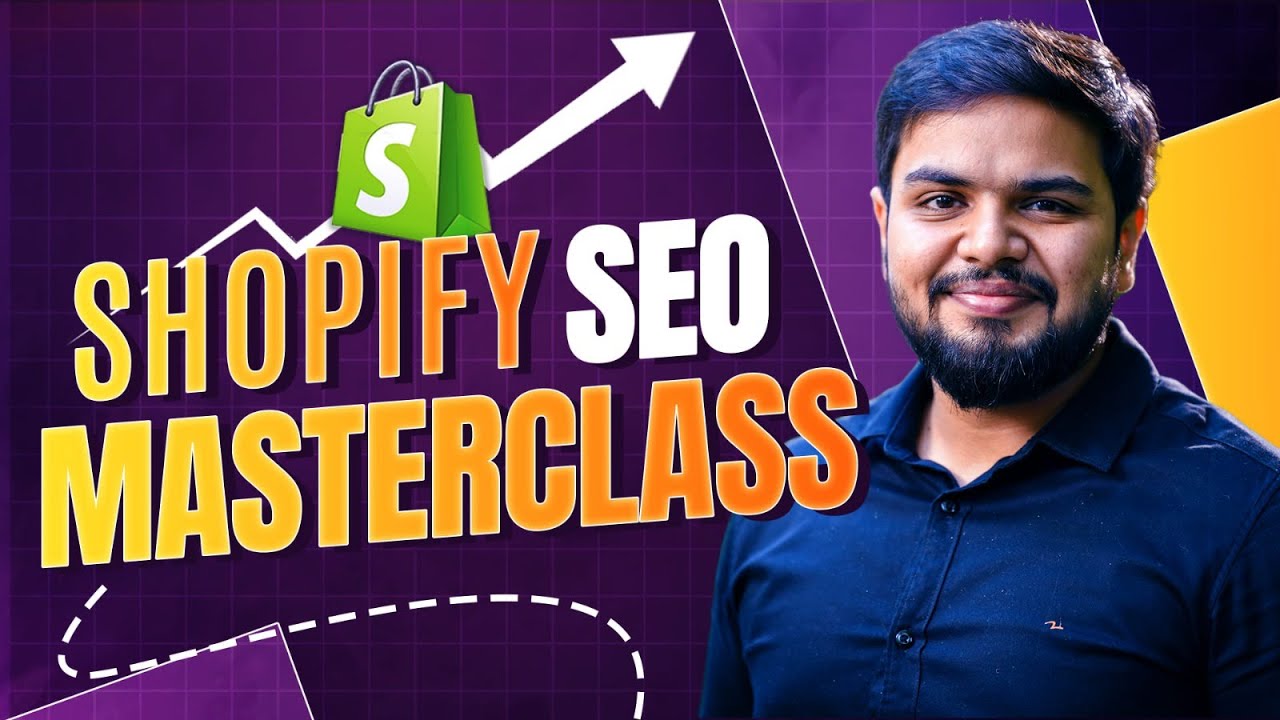Complete Copywriting Tutorial - Examples, Tips and Formulas
Summary
TLDRIn this comprehensive copywriting tutorial, Brian Dean of Backlinko shares actionable strategies for boosting traffic, leads, sales, and social shares. He dispels the myth that years of experience are needed for copywriting success, emphasizing the importance of understanding key principles. Techniques such as using Reddit for insights, crafting short sentences, creating a 'slippery slide' to maintain reader engagement, and leveraging FOMO are highlighted. Dean also covers the significance of strong leads, the A-I-D-A formula, focusing on benefits over features, addressing customer objections, and utilizing social proof. Additional tips include talking to customers for research, creating urgency and scarcity, and using 'crooked numbers' for authenticity. The tutorial aims to simplify copywriting and empower viewers to craft compelling content.
Takeaways
- 🚀 Use Reddit threads to find customer language for compelling copy.
- ✂️ Short sentences are easier to read and make better copy.
- 🛝 Keep readers engaged with a slippery slide technique.
- 🔍 Use super-specific headlines to clearly state what readers will get.
- ⚡ Utilize FOMO (fear of missing out) to create urgency and interest.
- 📜 Write strong leads to grab attention right after the headline.
- 📝 Avoid big words to ensure your copy is easy to understand.
- 📈 Follow the AIDA (Attention, Interest, Desire, Action) formula for effective copy.
- 💡 Highlight benefits over features to make your copy more persuasive.
- 🛑 Address customer objections directly to move them from interest to purchase.
- 👥 Talk to customers directly to gather insights and improve your copy.
- ⏰ Create urgency and scarcity to prompt immediate action from potential customers.
- 🧩 Use social proof strategically to build credibility, even with limited data.
- 💬 Follow a three-step testimonial formula: Before, After, Recommendation.
- 🔢 Use crooked numbers (exact numbers) for greater credibility and believability.
Q & A
Who is the founder of Backlinko?
-Brian Dean is the founder of Backlinko.
What is the main benefit of using short sentences in copywriting?
-Short sentences are easier to read and understand, making the copy more effective.
What is a 'slippery slide' in copywriting?
-A 'slippery slide' is a technique used to keep people reading by adding elements to the page designed to maintain their interest, such as stories or referring to upcoming content.
Why are super-specific headlines important in copywriting?
-Super-specific headlines clearly convey what the reader will get, making them more compelling and effective.
How can FOMO (fear of missing out) enhance copy effectiveness?
-FOMO triggers a strong emotional reaction, encouraging prospects to pay close attention and act quickly.
What is the A-I-D-A formula in copywriting?
-The A-I-D-A formula stands for Attention, Interest, Desire, and Action, and it helps structure copy to boost conversions.
Why should benefits be emphasized over features in copywriting?
-Benefits sell more effectively because they highlight the value and impact of the product or service on the customer's life, whereas features are just descriptions of the product.
What does it mean to 'get out of the friend zone' with potential customers?
-Getting out of the friend zone means addressing and overcoming potential objections that prevent prospects from buying.
How can you use customer research to improve your copywriting?
-You can use customer research, such as talking to customers or using platforms like Reddit, to understand their language and needs, which helps create more targeted and effective copy.
What is the 'social proof paradox' and how can it be solved?
-The social proof paradox is needing social proof to sell but needing sales to get social proof. It can be solved by featuring the strongest form of social proof available, such as success stories or the number of free trial sign-ups.
What is the benefit of using 'crooked numbers' in copywriting?
-Crooked numbers, which are not rounded, are more believable and credible to readers compared to round numbers.
Why is it important to write strong leads in your copy?
-Strong leads are crucial because they grab the reader's attention right after the headline and determine whether the reader will continue engaging with the content.
Outlines

Esta sección está disponible solo para usuarios con suscripción. Por favor, mejora tu plan para acceder a esta parte.
Mejorar ahoraMindmap

Esta sección está disponible solo para usuarios con suscripción. Por favor, mejora tu plan para acceder a esta parte.
Mejorar ahoraKeywords

Esta sección está disponible solo para usuarios con suscripción. Por favor, mejora tu plan para acceder a esta parte.
Mejorar ahoraHighlights

Esta sección está disponible solo para usuarios con suscripción. Por favor, mejora tu plan para acceder a esta parte.
Mejorar ahoraTranscripts

Esta sección está disponible solo para usuarios con suscripción. Por favor, mejora tu plan para acceder a esta parte.
Mejorar ahoraVer Más Videos Relacionados

SEO for Beginners: Rank #1 In Google (FAST)

YouTube SEO: How to Rank #1 in YouTube

I Outranked Amazon Using This Shopify SEO Strategy (Full Masterclass)

I Survived the Google Updates Using Authority Stacking

how I built a $100,000 business in 60 days (FULL GUIDE)

Semrush SEO Crash Course | Lesson 5 | Track and Monitor Your SEO Results
5.0 / 5 (0 votes)
